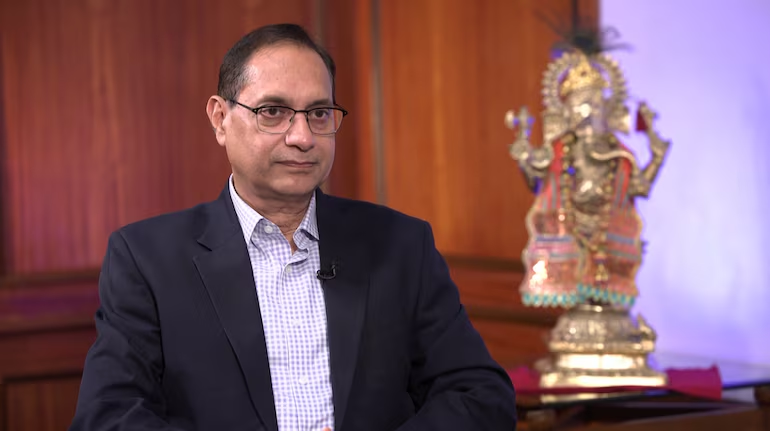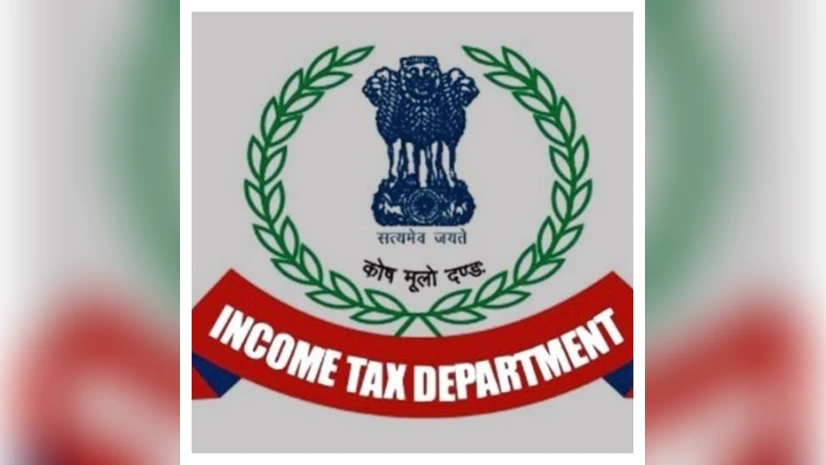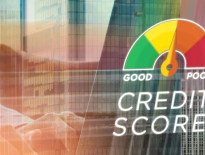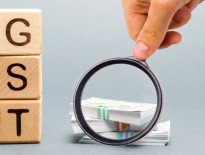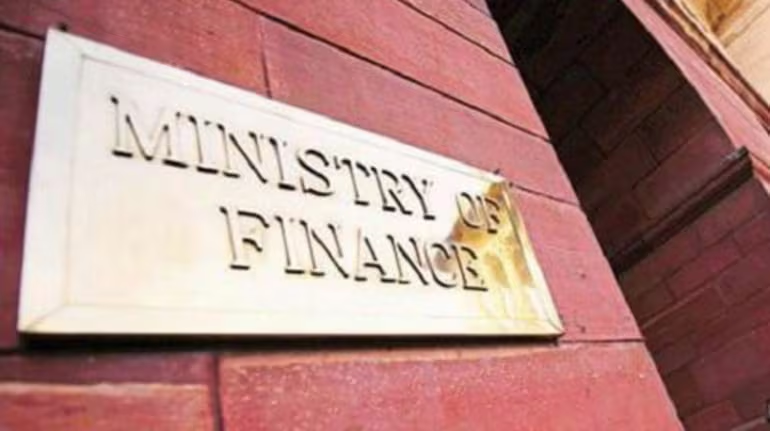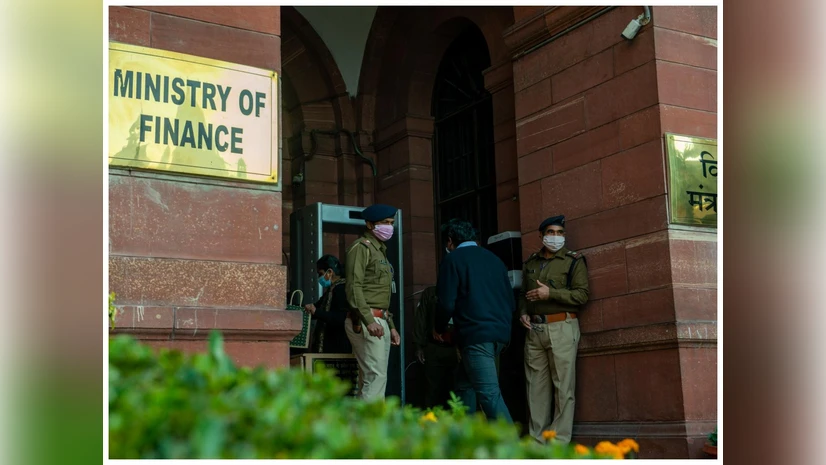Home » Banking & Finance » Collateral-backed loans were a safe space for banks. May be not any longer
Hey, like this? Why not share it with a buddy?
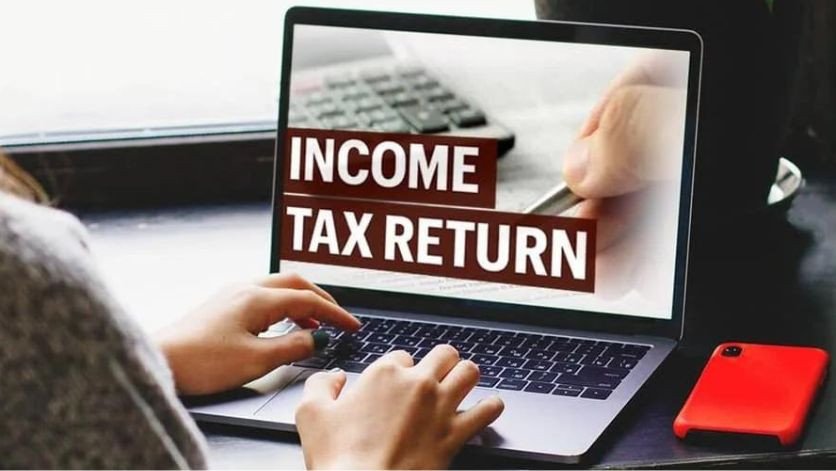
- Barely a month after the Reserve Bank of India (RBI) warned of a contagion, lenders, especially non-bank financiers, have also started witnessing stress in their collateral-backed secured loan books.
- Early signs of stress are visible in micro-loans against property (micro-LAP), and lending for two-wheelers and some other vehicle categories, according to experts. It is more prominent for non-bank lenders who cater to small secured loans, they said.
- Some experts said the initial signs of credit stress became evident, when more borrowers started applying for loans, leading to higher rejection rates, followed by an increase in delinquencies in unsecured lending.
- “This, in turn, led to a tightening of credit norms and a reduction in easy credit availability,” said Prakash Agarwal, a partner at debt market advisory firm Gefion Capital Advisors. “As a result, the underlying strain in the system is now extending to secured retail lending, particularly in small-ticket LAP (loan against property) and housing finance.”
- Stress in secured loans marks lingering concerns even after the Central Bank cracked down on unsecured lending frenzy. In December, RBI expressed concern about this stress spilling over to larger, secured loans as many borrowers of small, collateral-free loans have also availed housing and auto loans. However, secured lending, accounting for 67% of the banking system’s outstanding retail loans, carries lower risk as banks have a collateral to recover their money in case of defaults.
- Agarwal said currently, the pressure is most visible in early-stage delinquencies—repayments overdue by 30 days—and higher rollovers, where overdue payments are not normalizing in subsequent cycles. However, if this trend persists, it is likely to translate into higher slippages and elevated credit costs, he said.
Lenders affected:
- For instance, leading non-bank lender, Bajaj Finance Ltd. pointed to some unease in the two- and three-wheeler finance portfolio. The bad loan numbers for this category worsened in the December quarter. The gross non-performing assets (GNPA) were at 4.58% of the two- and three-wheeler loan book of ₹18,972 crores as on 31 December, an increase from 2.83% a year earlier and 3.98% at the end of the previous quarter ended 30 September.
- To be sure, this particular loan book has shrunk after Bajaj Auto Ltd. started its captive financing unit. While reminding analysts that the “portfolio de-grew” and therefore certain “percentages may not make sense”, Bajaj Finance managing director Rajeev Jain said on 29 January that “there is pressure at this point in time in this portfolio”.
- “Last month, collection efficiencies were better in two-wheeler and three-wheeler, but the default rates were still elevated,” said Jain.
- According to Anil Gupta, senior vice-president and co-group head, financial sector ratings at ICRA Ltd., delinquencies in secured asset segments have also increased. However, these remain limited to used vehicles, two-wheelers and micro-LAP, given the marginal profile of the borrowers in this segment, said Gupta.
- On rising commercial vehicles and two-wheeler delinquencies, Y.S. Chakravarti, chief executive of Shriram Finance, told Mintlast month that it is not something he is “really worried about right now”. “It is a slight uptick but the team at the ground is confident that we should be able to handle it comfortably and Q4 is expected to be under control.”
- Chakravarti believes, the increase in stress is owing to overspending during the festive season. “Typically, people tend to overspend and miss out on payments,” he said. “There will be a slight shortfall of cash because people are spending money on travel and other things.”
- For Shriram, gross stage three loans—akin to gross NPAs of banks—stood at 5.38% in the three months through December, compared with 5.32% in the September quarter. Among segments, commercial vehicles, construction equipment and loans to small businesses saw an increase in gross bad loan percentages by 12 basis points (bps), 24 bps, and 11 bps, respectively, on a sequential basis.
- Net slippages—the pace of loans turning bad—stood at 1.9% in Q3 of FY25 for a clutch of non-bank financiers tracked by Motilal Oswal. While it was unchanged from Q2, it was higher than 1.3% in Q3 of FY24, the brokerage said in its report on Monday.
- Some banks like IndusInd Bank Ltd. also saw a rise in secured loan stress. In Q3 FY25, the lender’s gross NPA ratio rose in segments like two-wheelers, tractors, and small commercial vehicles.
Outlook for secured loans:
- Two senior private sector bankers Mintspoke with, said that although it is yet to show up materially on their books, it would be fair to say that there are some initial signs of stress in secured loans too. They said it is cyclical and should take another few quarters to be sorted out.
- “I see it from the point of view of a borrower’s profile and not what loan he/she is taking. If a particular segment of borrowers find it difficult to repay loans, then the product category would not matter,” said one of the two private bankers cited above.
- Meanwhile, India Ratings and Research Ltd. has maintained a stable outlook on secured loans by NBFCs, but believe there are early signs of some delinquencies passing on to the micro-LAP and affordable LAP segment.
- “This could be because of a borrower overlap between these secured categories and unsecured ones,” said Jinay Gala, director at India Ratings.
- Gala explained the borrowers would still repay the secured loan first as it is tied to a collateral like a residential property, which they would not want to let go of.
“Historical trends show that borrowers try to hold on to collaterals and therefore defaults happen in unsecured loans by the same borrower,” he said. “While there could be some increase in slippages in secured loans, too, borrowers would first repay these loans when cash flows improve, before they repay unsecured loans.”
Source : https://www.livemint.com/industry/banking/rbi-secured-loans-collateral-backed-loans-nbfcs-housing-and-auto-loans-lending-frenzy-shriram-finance-bajaj-finance-11739186930401.html
« Budget 2025: MSME definition revision a ‘good decision,’ says India Inc; seeks more ‘aha moments’ for ease of doing businessIndia weighs temporary tax on cheap Chinese steel import, minister says »
Related Posts
SEARCH SME E-News
RECENT POST
- SME MANUFACTURERS AND EXPORTERS SUMMIT – NASHIK
- Government to meet venture capitalists today to fast-track FDI and FII inflows
- Government approves 17 new applicants under PLI scheme for textiles
- INTERACTIVE MEETING WITH HON’BLE FINANCE MINISTER
- October GST receipts up 4.6% on year at Rs 1.96 lakh crores
Categories
- Achievements
- Banking & Finance
- Branding & Marketing
- Business Ethics & Culture
- Business talk
- Business Tycoons
- Capital Market
- Corporate Story
- Davos
- Economy
- Emerging Market
- Entrepreneurial Leadership Dialogue
- events
- Exports
- Grievances
- Growth
- Impact on Business
- Import
- India Growth Story
- Industry
- Innovation and Invention
- Innovative Ideas
- International Affairs
- International Trade
- jobs career
- Manufacturing
- Meeting
- MSME
- Others
- Packaging
- Pharma
- Policies & Schemes
- Regulatory Change
- Schemes
- Skill Development
- SME Talks
- Start-up
- Swot Analysis
- Tax
- Technology & Research
- Textiles
- Travel
- Uncategorized
- Viksit Bharat 2047- Strategies, Contribution, Initiatives and Efforts
- Women Entrepreneurs
- World Economic Forum



